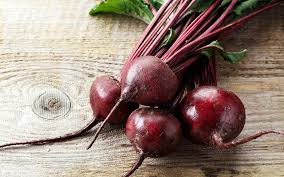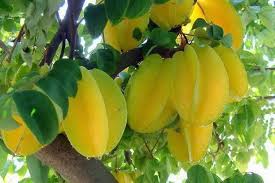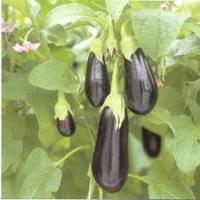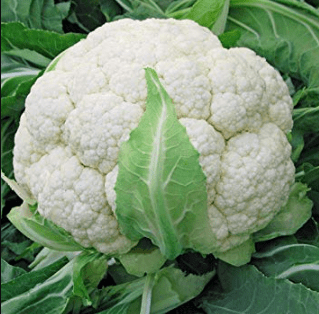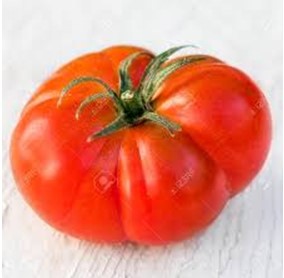"Feel like borscht?" My friend asked over the phone.
We tried to set a time and place to meet, I wasn't a big fan of cafes and it was cold and wet outside, so our choices were narrowed down to meeting at my place or at her's. And, just like some might half kid about who should pay the check and then eventually agree to take turns, we too decided to take turns. This time we will meet in her house and she will be the host, and next time I will host her. Now we just need to decide how she spoil me. That's how it is, when someone makes an effort to cook something delicious for me (especially if it's warm, more so if it's in the winter and raining outside), then I consider it spoiling me. Which I gladly accept.
"How about a good soup?" I said. "A winter soup. We can have it with a thick slice of bread, in your beautiful, heavy china bowls and look at the rain outside." I felt I missed her already. "So, you feel like borscht?" she asked. At first I didn't understand what she meant. Borscht? It does sound familiar… "Come on, Borscht, beet soup" she said. That's not the option I had in mind, but I said "sounds great."
I love working with beets. All parts of beets. A good method to verify the freshness of beets is to examine the leaves that are attached to it: vital, green-red leaves indicate a happy beet. Immediately after this inspection, it is best to separate the beets from their leaves. Since the bulb is actually the plant's storage organ, and from the leaves standpoint, although the bulb was removed from the soil and no longer receives nutrients and water – the bulb is still held responsible to supply, and the leaves will "suck" their nourishment from the bulb. Both the leaves and the bulbs should be shaken to remove excess soil and mud (mainly to store less in the fridge), then wrapped in a bag and stored in the refrigerator.
Not all beets were born equal.Neither in terms of flavor, nor in terms of their ability to dye anything they come into contact with. The "classic" red beet is indeed a powerful dye – fingers, cutting boards, other vegetables in the dish, clothes of careless diners, all may be stained a bright red color. Yellow beets on the other hand, as well as the white ones, are not capable of such an effect, and what's more interesting – neither is the striped beet (the beets that look red on the outside, and on the inside are painted with white and red rings like a beautiful lollipop) with the beautiful painting that either fades or disappears when cooked. By the way, in order to remove the red stain from hands, sprinkle some salt and lemon juice on wet palms, rub together and wash with soap.
The beet feels at home here. The beet was born and grown here thousands of years ago. Even before the rich red bulb was cultivated and called "beet", there was a beet that grew here, it consisted mainly of leaves, which were attached to something not all attractive that grew underground. Even after talented and patient farmers cultivated, in a long and tedious process of manual selection, beautiful thick red bulbs – they were used mostly for medical purposes. Even today, beet is considered a good food for those who want to relieve constipation, strengthen the cardiovascular system (the red color indicates the high lycopene content), as well as with anemia.The beet's contribution to lowering blood pressure has also been published in a scientific magazine, which means that a doctor can be asked to prescribe some beet juice twice a day…
Yours,
Maggie's Garden Team
Forecast:
In the ORGANIC vegetable baskets we expect (draft only):
Cucumber
Tomato
Lettuce
Potato
Fennel
Pepper
Parsley
Swiss Chard
Celery
The Large organic vegetable baskets also include:
Onion
Coriander
Cohlorabi
In the ORGANIC fruit baskets:
Bannana
Orange
Pomelo
The large ORGANIC fruit baskets also include:
Red Pomelo
Clementine
The ORGANIC Green Basket:
Celery
Spinach
A kind of lettuce
Mint
Sprouts
Basil
Kale

